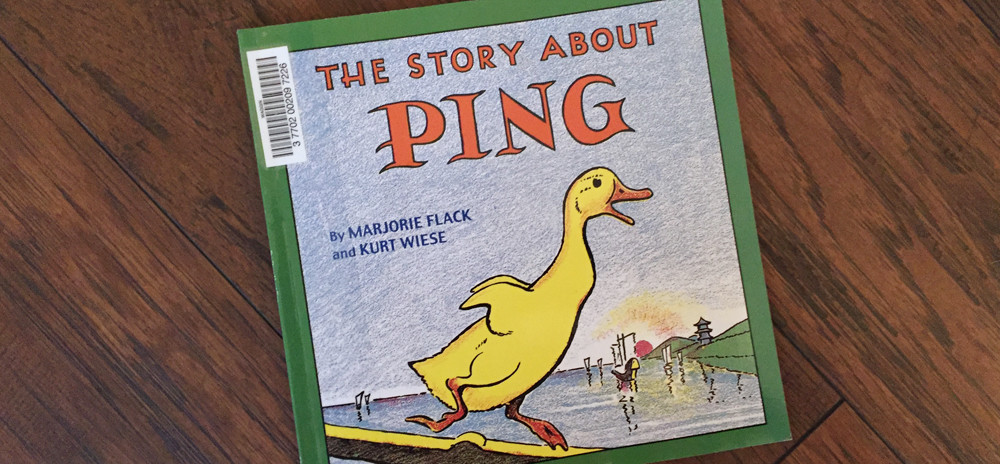
April Hartmann
Children's Illustrator
How and why did you decide to pursue illustration as your career?
I have always loved to draw and create. As a child I built with scraps of cardboard and wood, sewed with leftover fabric to make clothes for my stuffed toys, and baked so much that my sister called me Betty Crocker. I also enjoyed math throughout my schooling, so I enrolled in the architecture program at college. But I soon found it to be more math-heavy and less art-sy than I had imagined, and somehow convinced my parents that art school would be a better fit!

Do you have a favourite picture book or recall one of the first picture books you saw?
The fear of making a mistake troubled me as a child. The Story About Ping, by Marjorie Flack, always transports me back to those early impressions of the world. That poor little duck didn’t return to the boat on time and so he hid, afraid of getting in trouble. As an artist I have learned that my differences and willingness to step out from the crowd are actually valued. But it’s important to recall what is was like to feel vulnerable and dependent upon others, and I try to keep that in mind when parenting, teaching and writing for children.


Describe your working technique and how you came to perfect it.
My final art is rendered in Photoshop, but nothing will ever replace the look and feel of hand-painted textures. There’s just something about those “happy accidents” that act as a creative springboard and give the work warmth and approachability. So I still get messy with spatters of paint, scribbles of pastels, and doodles with pen and ink. I scan the boards and add to my library of textures and patterns. My Photoshop files are layers of these textures filling my drawn shapes. Some shapes are careful vector paths, some are quick scans of sketches, depending upon the nature of the project.


What piece of software or hardware could you not live without and why?
Photoshop for sure. The fun part is the freedom to experiment with textures, adjusting color and contrast, and adding shading in just the right spots. When I begin, I have a clear picture in my head of the end goal, but I love that I can push beyond that and discover something that makes the art really sing.


What advice would you offer someone just starting out as a children’s illustrator?
Draw, and just keep drawing. Don’t get too caught up in trying to pinpoint your style. When I was in art school I experimented with hand painting and digital techniques, paper sculpture, scratchboard, you name it. Over the past 20 years my technique has changed several times. The thing that stuck, or should I say EVOLVED, is my personal drawing style. It’s like handwriting, like a signature. Just keep drawing and your personal style will shine through, regardless of the technique.


How do you overcome a creative block?
I listen to an audio recording of Steven Pressfield’s The War of Art. That’s usually all it takes to stop making excuses and just get to work.


How do you get your creative juices flowing?
Every project begins with thumbnails. But I never settle for the first layout that pops into my head. I imagine a scene from multiple angles - overhead, underview, behind the characters, silhouette, close-ups, cropping, etc... I keep things loose until the full content of the page has been determined, working with my client to capture everything they envision. Then I will develop the details, one section at a time. There is also considerable time spent on color studies before jumping into the final art rendering.




